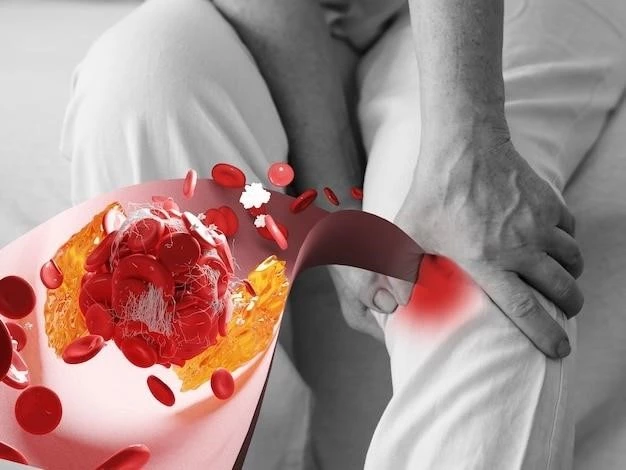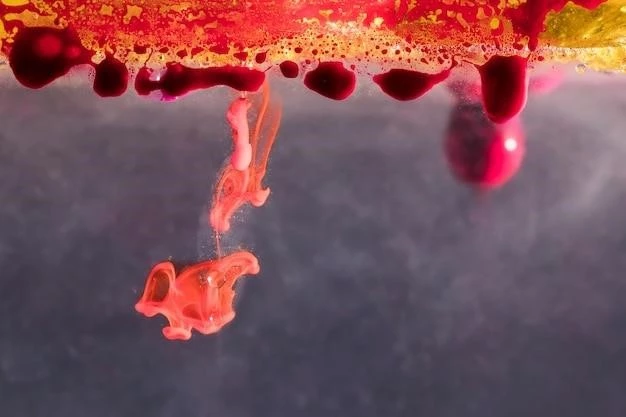Sideroblastic anemias (SAs) encompass acquired or congenital forms characterized by disrupted iron utilization in erythroblasts, ineffective erythropoiesis, and variable systemic iron overload. Congenital SAs can manifest as syndromic or nonsyndromic, often linked to mutations in heme biosynthesis genes.
Definition and Classification
Sideroblastic anemias (SAs) encompass a group of inherited and acquired disorders characterized by abnormal iron utilization in erythroblasts, leading to ineffective erythropoiesis and variable systemic iron overload. These anemias may be classified based on their genetic mutations, with autosomal forms involving mutations in heme biosynthesis genes. Congenital sideroblastic anemias can present as either syndromic or nonsyndromic forms. These conditions are typically characterized by disrupted heme biosynthesis and abnormal iron accumulation in mitochondria, particularly in erythroid precursor cells.
Congenital sideroblastic anemias exhibit a wide spectrum of severity and can be further categorized based on inheritance patterns, such as X-linked or autosomal recessive, each associated with specific genetic mutations. Clinically, these conditions often manifest as microcytic or normocytic anemia, with varying degrees of severity. The presence of ring sideroblasts in the bone marrow is a hallmark feature of sideroblastic anemias, indicative of impaired heme synthesis.
Overall, the classification of sideroblastic anemias is based on the underlying genetic mutations affecting proteins involved in heme biosynthesis, leading to disrupted iron utilization and erythropoiesis. Understanding the different forms of congenital sideroblastic anemias is crucial for accurate diagnosis and appropriate management strategies tailored to the specific genetic etiology.
Clinical Features and Pathophysiology
Congenital sideroblastic anemias present with a spectrum of clinical features, often characterized by microcytic or normocytic anemia and variable severity. Syndromic forms may exhibit additional systemic manifestations, while nonsyndromic cases primarily involve hematologic abnormalities. Pathophysiologically, these conditions arise from disrupted heme biosynthesis, leading to abnormal iron accumulation in mitochondria, particularly in erythroid precursor cells.
Individuals with autosomal forms of sideroblastic anemia may demonstrate a range of symptoms, including fatigue, weakness, and pallor due to decreased red blood cell production and oxygen-carrying capacity. The presence of ring sideroblasts in the bone marrow, characterized by mitochondrial iron overload, is a key diagnostic feature. In severe cases, patients may require red cell transfusions to manage anemia and prevent complications associated with chronic iron overload.
Moreover, the underlying genetic mutations contribute to the clinical presentation and pathophysiology of autosomal sideroblastic anemias. Disruption in heme biosynthesis pathways impairs the synthesis of hemoglobin, impacting erythropoiesis and resulting in the characteristic morphological changes observed in red blood cell precursors. Understanding the intricate interplay between genetic alterations and cellular mechanisms is essential for accurate diagnosis and personalized treatment strategies in individuals with autosomal sideroblastic anemias.
Genetic Mutations and Inheritance Patterns
Congenital sideroblastic anemias, particularly the autosomal forms, are associated with mutations in various genes involved in heme biosynthesis and iron-sulfur cluster biogenesis pathways. These mutations disrupt normal cellular processes, leading to the characteristic manifestation of abnormal iron accumulation in erythroid precursor cells, known as ring sideroblasts.
Autosomal dominant sideroblastic anemia, a subtype of congenital sideroblastic anemias, is genetically characterized by mutations that result in disrupted heme synthesis and ineffective erythropoiesis. The inheritance patterns of sideroblastic anemias can be autosomal recessive or X-linked, with each form associated with specific genetic mutations that play a crucial role in the pathogenesis of the condition.
The genetic mutations underlying autosomal sideroblastic anemias contribute significantly to the clinical phenotype of affected individuals, influencing the severity of anemia, the presence of ring sideroblasts in the bone marrow, and the overall disease progression. Understanding the specific genetic mutations and inheritance patterns is vital for accurate diagnosis, genetic counseling, and personalized treatment approaches tailored to the underlying molecular defects;

Congenital Sideroblastic Anemia
Congenital sideroblastic anemias are a group of rare inherited disorders that result from mutations in genes affecting heme synthesis pathways; These mutations can lead to abnormal iron accumulation in erythroid precursor cells, a hallmark of this condition. The inheritance patterns of these mutations can be X-linked or autosomal, contributing to the microcytic or normocytic anemia observed in affected individuals. Management strategies for congenital sideroblastic anemia often involve addressing both the underlying genetic mutations and the resulting hematologic abnormalities.

X-linked vs. Autosomal Mutations
Sideroblastic anemias can result from genetic mutations in heme biosynthesis genes, with some forms linked to X-linked inheritance patterns, such as X-linked sideroblastic anemia (XLSA) associated with ALAS2 mutations. On the other hand٫ autosomal sideroblastic anemias involve mutations in autosomal genes like SLC25A38٫ leading to autosomal recessive congenital sideroblastic anemia (ARCSA)٫ a severe condition requiring early intervention.
The distinction between X-linked and autosomal mutations is crucial in understanding the underlying genetic etiology of sideroblastic anemias and guiding diagnostic and treatment strategies. While X-linked forms may present in a sex-linked pattern, autosomal mutations can affect both genders equally due to their inheritance through autosomal chromosomes. Recognizing the inheritance patterns is essential for accurate genetic counseling and personalized management of individuals with sideroblastic anemias.
Overall, the genetic mutations underlying X-linked and autosomal sideroblastic anemias play a significant role in shaping the clinical presentation, severity, and treatment response in affected individuals. Understanding the specific genetic mechanisms driving these conditions is vital for advancing research, improving diagnostic accuracy, and developing targeted therapies for individuals with congenital sideroblastic anemias.
Nonsyndromic vs. Syndromic Forms
Congenital sideroblastic anemias present as either nonsyndromic or syndromic forms, depending on the underlying genetic mutations and inheritance patterns. Nonsyndromic cases typically involve isolated anemia with ring sideroblasts in the bone marrow, while syndromic forms may present with additional systemic manifestations. The mode of inheritance, whether X-linked or autosomal recessive, plays a significant role in determining the clinical presentation and severity of the disease.
Understanding the distinction between nonsyndromic and syndromic forms of congenital sideroblastic anemias is crucial for accurate diagnosis and management. Nonsyndromic cases often exhibit hematologic abnormalities as the primary clinical feature, while syndromic forms may have associated genetic syndromes or extra-hematologic manifestations. Differentiating between these two forms of the condition aids in tailoring treatment approaches and providing appropriate genetic counseling to affected individuals and their families.
Overall, the classification of congenital sideroblastic anemias into nonsyndromic and syndromic forms allows for a more comprehensive understanding of the disease spectrum and its implications for patient care. By recognizing the genetic and clinical differences between these presentations, healthcare providers can offer personalized approaches for the management of individuals with congenital sideroblastic anemias.
Diagnostic Challenges and Treatment Approaches
Diagnosing autosomal sideroblastic anemia poses challenges due to its heterogeneous nature and variable clinical presentations. Differential diagnosis involves distinguishing between acquired and congenital forms, necessitating comprehensive laboratory evaluations and molecular testing to identify specific genetic mutations associated with heme biosynthesis pathways.
Treatment strategies for autosomal sideroblastic anemia focus on managing anemia, addressing iron overload complications, and targeting the underlying genetic defects. Therapeutic interventions may include red blood cell transfusions to alleviate anemia, iron chelation therapy to mitigate systemic iron overload, and supportive care to manage symptoms and improve quality of life.
Moreover, genetic counseling is crucial in autosomal sideroblastic anemias to assess familial risk, provide information on inheritance patterns, and facilitate informed decision-making regarding family planning. Ongoing research into targeted therapies, such as gene therapies or novel pharmacological interventions, aims to address the molecular mechanisms driving autosomal sideroblastic anemias and improve long-term outcomes for affected individuals.
